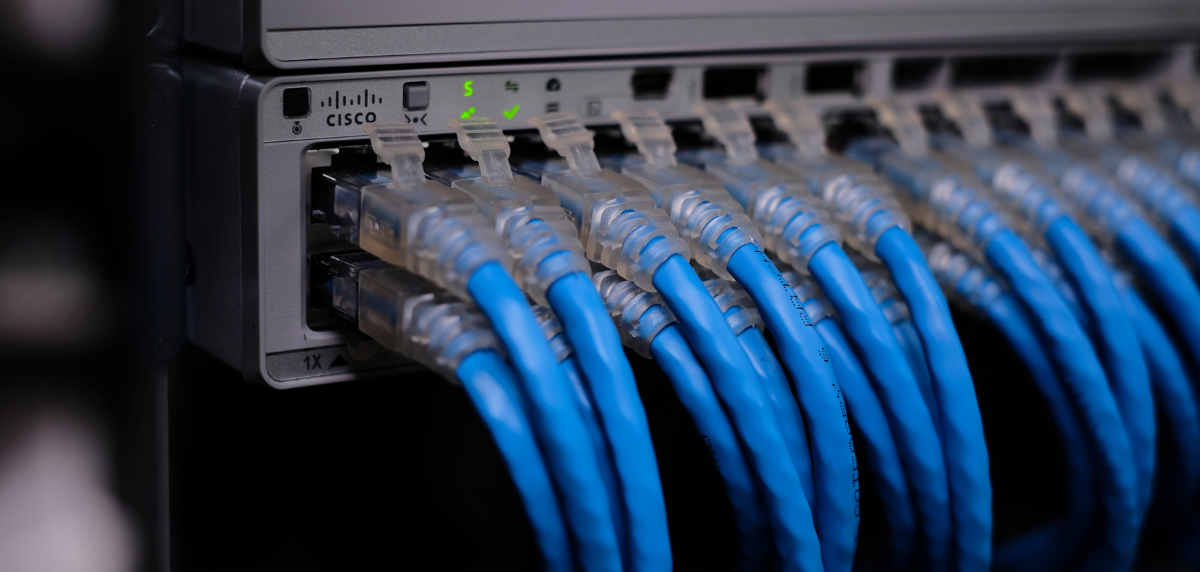Which Cisco Nexus Switch is Right For Me?
Among the wide range of modular and fixed-configuration switches Cisco offers, Catalyst and Nexus switches are the most popular. The main difference...

Whether you’re heading into hardware procurement to find the latest and greatest network devices or shopping for secondary market hardware, there are a few considerations to keep in mind.
In this blog, we’ll discuss how to rank hardware vendors, what red flags to watch for, and how to determine what hardware will work best within your environment.
Tapping into your IT budget can be exciting, but don’t get hasty. Knowing the exact model or type of hardware you need will save you headaches down the line. For example, you may buy a switch that seems to meet your hardware requirements, but it may not work with other connected devices.
Here are some factors to keep in mind as you search:
In the same way you’d read reviews for new kitchen appliances, research hardware vendors, especially if you’re buying used network hardware equipment.
Before you buy, make sure they are transparent about the following:
On the flip side, here are a few red flags to look for as you evaluate your options:
One of the biggest challenges admins face in hardware procurement is knowledge-based. Some customers will know exactly what they want while others are still trying to figure it out.
Here’s where it gets tricky: Anyone can be an order-taker and quote hardware, but not everyone is equipped with the advanced knowledge of what hardware will and won’t work in your network.
You may think you need a C9300L-48P-E, but you may not know that it will break something downstream when installed. Hardware solutions partners like Edgeium can help you work through this challenge.
Edgeium does the research on the front end for you because we know you are busy and don’t have time to delve into all the specifics of how a device will work with the rest of your network.
We’ll take the time to understand the devices you’re already using, and we can confirm whether the one you chose will work, or we’ll make a different suggestion for a device that will work better. After all, business needs should dictate what hardware you buy, and we’re here to support that.
If you’re deep in the procurement process and can’t seem to find the best solution, reach out to our team today. Edgeium can help with the budgeting and planning process to ensure you stay within budget. From there, you can shop our $2 billion secondary market global supply chain for network, server, and storage infrastructure. All of our products are tested twice and guaranteed to last.
Subscribe to our Monthly Newsletter.
✅ Expert IT tips you can actually use
✅ Cost-saving solutions that boost ROI
✅ Straightforward insights — just value
All straight to your inbox.
No spam. No sales pitches. Just better networks.

Among the wide range of modular and fixed-configuration switches Cisco offers, Catalyst and Nexus switches are the most popular. The main difference...

1 min read
What an explosion we’ve seen with Artificial Intelligence (AI)! My initial scope for this article was to explain how AI works for network management...